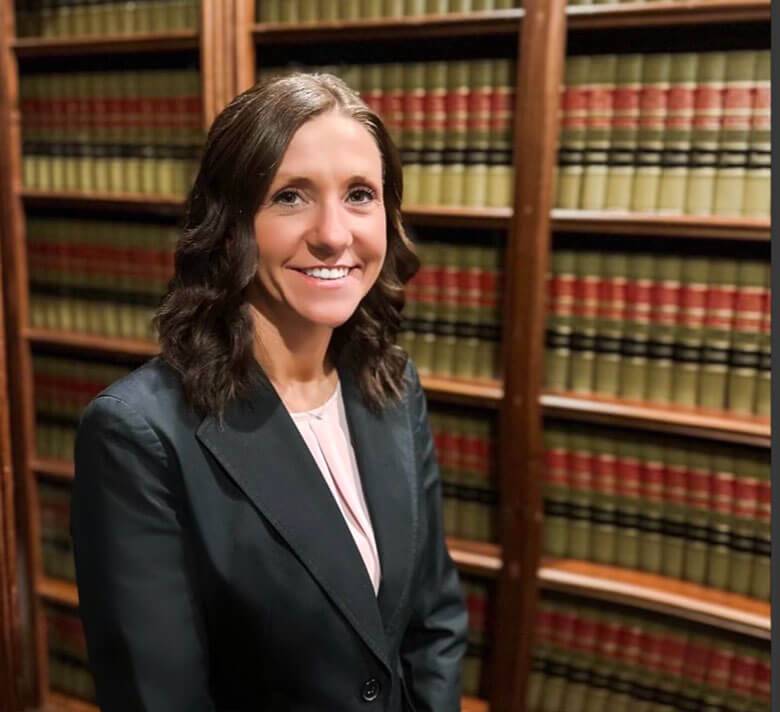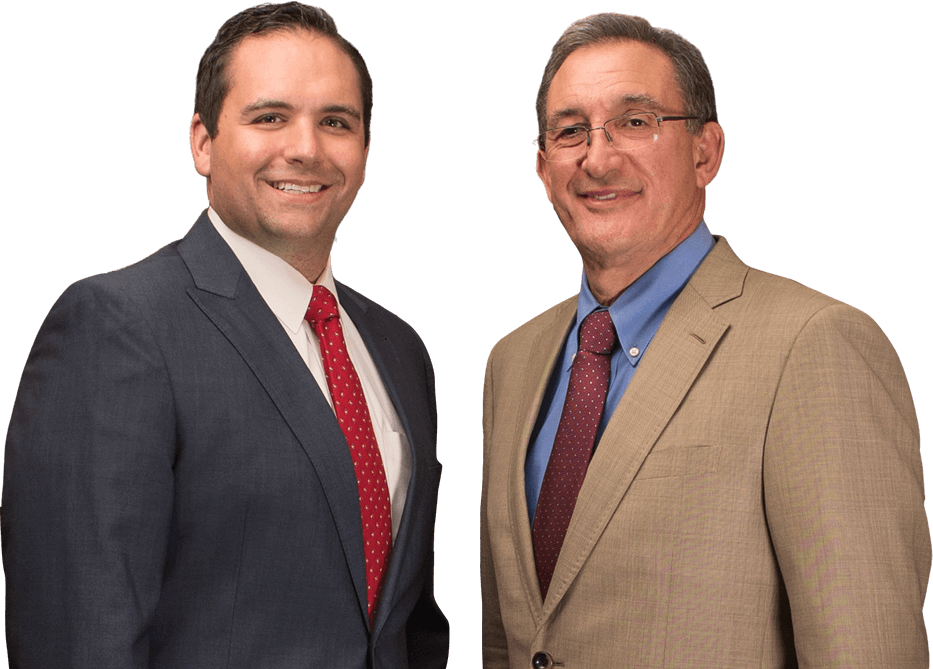
Medical malpractice represents a failure by healthcare professionals to provide the standard of care expected in their field, leading to patient harm. This encompasses a broad range of errors, including misdiagnosis, improper treatment, surgical mistakes, and more. Despite advancements in medical practice, such negligence remains a critical issue, with the potential for devastating outcomes.
Medical malpractice claims hinge on demonstrating a breach in the standard of care directly causing injury. This necessitates a previously established patient-doctor relationship and clear evidence of negligence. If you believe you’ve been affected, consider pursuing legal claims for medical negligence.
The most common types of medical malpractice claims involve errors in diagnosing a condition, prescribing medication, performing surgery, treating pregnancy/childbirth & More.
A leading cause of malpractice suits, misdiagnosis can delay essential treatment, leading to worsened conditions. The complexity of accurately diagnosing conditions, given overlapping symptoms among various diseases, heightens this risk. Key misdiagnosed conditions include heart attacks, infections, and tumors. The gravitas of a misdiagnosis hinges on the lost opportunity for timely intervention, emphasizing the critical need for diligence and second opinions in healthcare. Some of the most misdiagnosed conditions include:
In an era where prescription medication use is at an all-time high, the margin for error in medication dispensation is alarmingly narrow. Errors can range from incorrect prescriptions, and dosages, to overlooking dangerous drug interactions, each carrying significant risk for adverse effects. These errors underscore the essential need for meticulous cross-checking and patient education on drug interactions. Examples of this type of oversight include:
Even routine surgeries are not immune to human error, with potential for grave consequences. Surgical errors may include operating on the wrong site, unnecessary procedures, or leaving instruments inside a patient. Such errors not only breach the trust between patients and medical professionals but also highlight the critical need for surgical checklists and post-operative care to mitigate risks, including the following:
Obstetrics and gynecology are fields with high malpractice claims, reflecting the complexities and high stakes involved in childbirth. Errors can range from failing to diagnose prenatal conditions to mishandling delivery, leading to long-term harm to both mother and child. This underscores the importance of continuous monitoring and preparedness to address complications promptly. Examples of pregnancy and childbirth-related malpractice include:
The administration of anesthesia carries its own set of risks, from dosing errors to inadequate patient monitoring. Such errors can result in lasting injury or fatality, highlighting the necessity for rigorous training and adherence to protocols in anesthesiology. If you’ve suffered an injury, consider seeking personal injury legal assistance.
Identifying a medical condition is only one facet of care; appropriate treatment is paramount. Overlooking the necessary treatment protocol or prematurely discharging a patient can have dire consequences, emphasizing the need for a comprehensive approach to patient care.
If you suspect you’ve fallen victim to medical malpractice, it’s crucial to seek a second opinion, document all interactions and treatments, and consult with a specialized legal professional. Understanding your state’s statute of limitations is also crucial to ensuring your case is heard.
Navigating medical malpractice claims requires expertise and nuanced understanding of the law. At Manchin Injury Law Firm, we bring extensive experience in advocating for victims of medical negligence across north-central West Virginia. Contact us for a comprehensive review of your case and to explore your options for securing the compensation you deserve.
The medical malpractice experienced attorneys at Manchin Injury Law Firm are committed to helping the residents of north-central West Virginia who have been victims of medical malpractice and negligence. Let us help you receive the compensation you deserve. Contact us today to schedule a free, no-obligation case review.

Associate Attorney at Manchin Injury Law Group
Practice Area: Personal Injury

Attorney Timothy Manchin established the Manchin Injury Law Group in 2011 after his law partner of more than 25 years became a West Virginia circuit court judge. His focus is on helping individual clients and entire families victimized by negligent acts.
We offer a free initial consultation at our office in the Manchin Professional Building — our home since 1983 — conveniently located in Fairmont.
If you are unable to visit our firm, we can come to your home or hospital room.
Fill out the form below to get in touch!